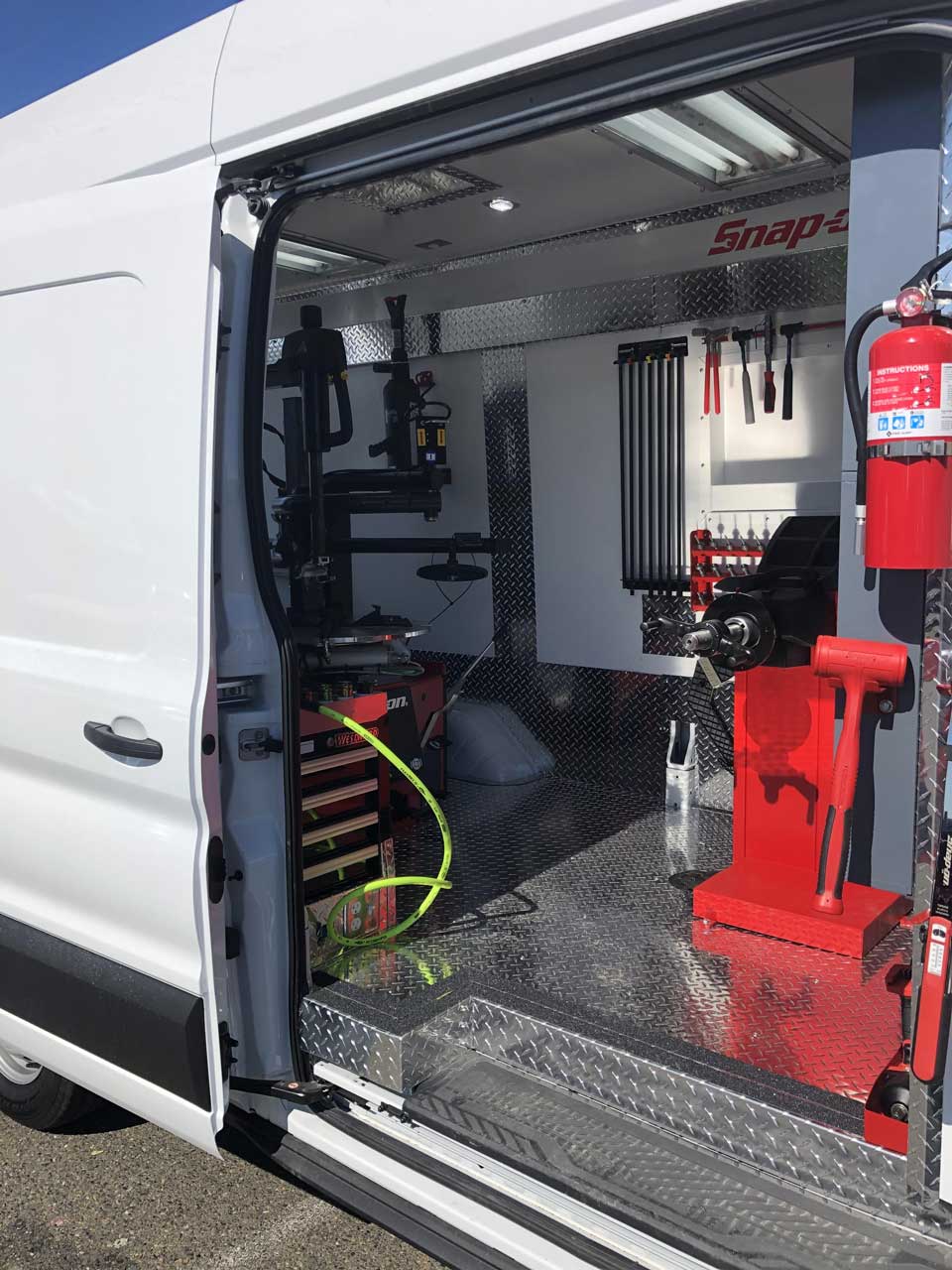Quick Feedback Mobile Tire Change Service in Las Vegas
Tire Solution: Proven Approaches for Optimum Tire Maintenance and Treatment
Maintaining optimal tire condition is paramount for both safety and security and efficiency of any automobile. From making sure correct tire stress to normal turning and placement, there are proven methods that can dramatically prolong the life expectancy of your tires and boost general driving experience. As we explore the ins and outs of tire care and upkeep, we will reveal important standards that every lorry owner should comply with for the best possible outcomes. Let's dig right into the globe of tire solution and uncover the secrets to maintaining your tires in excellent form for the long haul.
Importance of Tire Stress
Correct tire stress is an essential variable in guaranteeing optimal lorry performance and security on the road. Maintaining the advised tire pressure degrees supplied by the maker offers many advantages. Adequate tire stress promotes far better fuel effectiveness, as under-inflated tires can lead to increased rolling resistance, creating the engine to work more difficult and consume more fuel. Second of all, correct tire pressure guarantees even walk wear, boosting tire long life and conserving money over time by delaying the demand for premature replacements. In addition, appropriately blew up tires add to improved handling and braking capabilities, critical for risk-free driving in different road conditions. Over-inflated tires, on the other hand, can lead to reduced grip and a harsher experience. Conversely, under-inflated tires are vulnerable to overheating, which can lead to mishaps and blowouts. On a regular basis checking and adjusting tire stress, particularly before long trips, is a simple yet reliable means to improve automobile efficiency, extend tire life expectancy, and focus on safety and security when traveling.
Tire Rotation Guidelines
When taking into consideration tire rotation guidelines, it is vital to understand the relevance of this upkeep job in making best use of tire lifespan and preserving optimal car efficiency. Tire turning involves altering the placement of each tire on a car to ensure even tread wear. Front tires often tend to use quicker than rear tires because of steering pressures, making normal rotation important for well balanced wear patterns. The suggested rotation pattern differs depending on whether a vehicle is front-wheel, rear-wheel, all-wheel, or four-wheel drive. Normally, tires ought to be rotated every 5,000 to 7,500 miles, or as advised in the car guidebook. Ignoring tire rotation can cause uneven wear, affecting handling, grip, and possibly compromising car safety. By adhering to appropriate turning standards, drivers can prolong the life of their tires, boost gas performance, and enhance overall driving experience. Normal rotation is a simple yet efficient upkeep practice that adds dramatically to tire longevity and lorry performance.

Advantages of Wheel Positioning
Guaranteeing appropriate wheel alignment after tire turning is critical for preserving balanced wear patterns and maximizing car efficiency. Furthermore, right wheel placement aids to prolong the life-span of your tires. Misaligned wheels can cause uneven tire wear, leading to early tire replacement and increased upkeep prices.

Tire Footstep Depth Check
Carrying out a regular inspection of tire step deepness is crucial for preserving safe driving problems and lengthening the life expectancy of your tires. The step on your tires plays a crucial duty in supplying traction, especially in damp or slippery problems. To check your tire walk depth, you can utilize a step depth scale or the dime test. The suggested tread depth is at the very least 2/32 of an inch. try this If the walk deepness is listed below this threshold, it is time to change your tires to guarantee ideal efficiency and safety and security when traveling. Uneven tread wear can indicate issues with tire stress, suspension, or placement, highlighting the significance of routine step depth checks. Overlooking to check and maintain correct tread depth can cause minimized grasp, longer braking ranges, and a boosted threat of hydroplaning. By including tire step depth checks into your regular upkeep schedule, you can drive with self-confidence understanding that your tires are in leading condition.
Seasonal Tire Inspection
Seasonal tire evaluation is a fundamental facet of tire upkeep that makes sure tires are prepared to face the challenges presented by different weather conditions. In prep work for winter months, it is necessary to inspect the tire pressure frequently as cool temperature levels can trigger tire stress to go down. By carrying out regular seasonal tire examinations, chauffeurs can lengthen tire life-span, improve fuel efficiency, and most importantly, ensure a safe and secure driving experience in differing weather condition conditions.
Verdict
Finally, Learn More preserving correct tire stress, rotating tires on a regular basis, straightening wheels properly, keeping track of tread depth, and carrying out seasonal assessments are crucial methods for ideal tire treatment. By adhering to these shown approaches, vehicle drivers can guarantee their tires last longer, execute better, and add to overall car safety. It is essential to focus on tire maintenance to avoid crashes, enhance gas effectiveness, and lengthen the lifespan of tires.
Sufficient tire stress promotes much better fuel performance, as under-inflated tires can lead to increased rolling resistance, creating the engine to work more challenging and eat more fuel.When thinking about tire rotation standards, it is vital to comprehend the relevance of this upkeep task in making best use of tire lifespan and keeping optimum lorry performance. Seasonal tire assessment is an essential element of tire upkeep that guarantees tires are ready to encounter the difficulties postured by various weather condition conditions. By carrying out routine seasonal tire inspections, chauffeurs can prolong tire life-span, improve gas performance, and moved here most notably, guarantee a secure driving experience in varying weather problems.
In verdict, keeping appropriate tire stress, turning tires consistently, straightening wheels correctly, keeping an eye on walk deepness, and carrying out seasonal examinations are important techniques for ideal tire care.